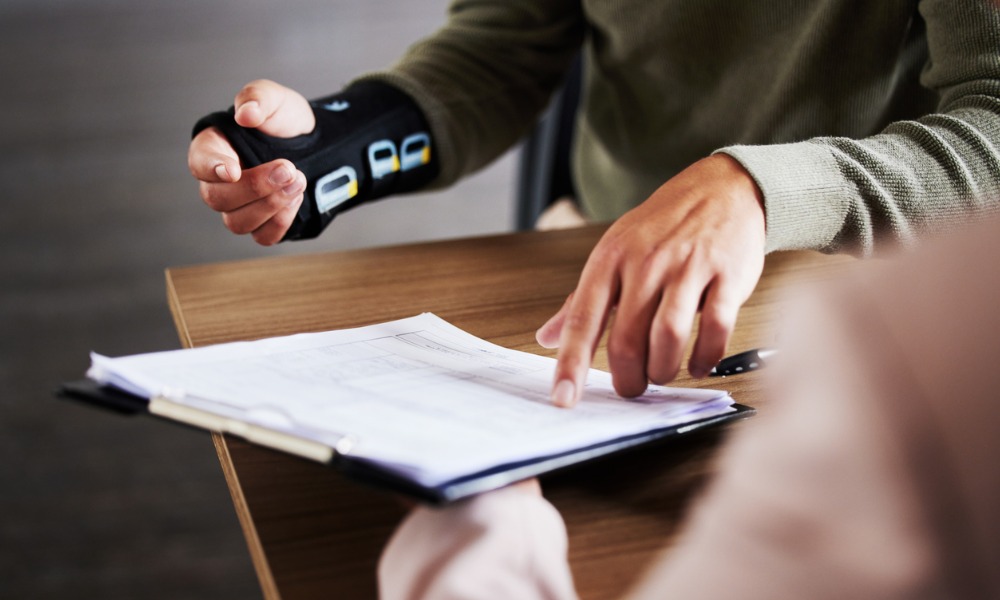Province says incident was result of missing interlocks on safety door of milling machine

Ontario employer Crystal Fountains Inc. must pay a fine of $60,000 after it pleaded guilty to a violation that led to a worker injury.
The Provincial Offences Court in Newmarket also imposed a 25 per cent victim fine surcharge on the employer as required by the Provincial Offences Act, to be credited to a special provincial government fund to assist victims of crime.
The incident happened on March 14, 2022, when a worker was setting up a CNC milling machine to manufacture fountain nozzles.
The machine should have had interlocks in place to prevent it from operating when its safety doors were open, but the interlocks had been removed.
The worker inserted a drilling jig into the machine’s chuck and a cutting tool into the machine’s cutting head, then entered a code into the machine’s control panel to initiate an automated “warm up” of the cutting head.
The worker, however, entered the wrong code, and it activated the chuck instead of the cutting head. The Chuck then spun and ejected the jig, which injured the worker.
“Had the interlocks still been in place, this injury could have been avoided,” said the provincial government.
“By failing to ensure the interlocks on the safety doors of the machine were maintained in good condition, Crystal Fountains Inc. contravened section 25(1)(b) of the Occupational Health and Safety Act.”
Importance of interlocks on machinery
Previously, a Safety Plus Guidelines for Safe Machinery noted that physical guards shall be interlocked if they:
- are cyclically actuated or opened regularly (doors, flaps)
- can be removed without tools or
- easily protect against a potentially serious hazard
“Interlocking means that the opening of the physical guard is converted into an electrical signal that reliably stops the danger ous movement. Physical guards are normally interlocked using safety switches,” read part of the document.
“An important requirement about interlocking devices is the positive drive. With positive drive, the moving mechanical parts of the interlock (safety switch) are forcibly moved by the mechanical parts of the physical guard (e.g., door), either by means of direct contact or by rigid parts.”





